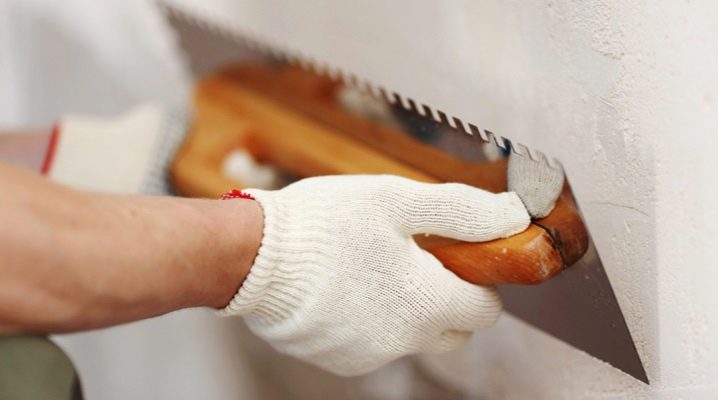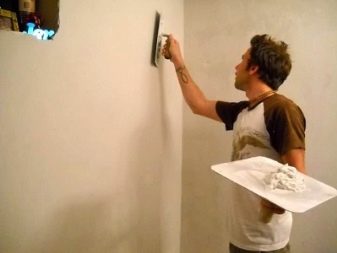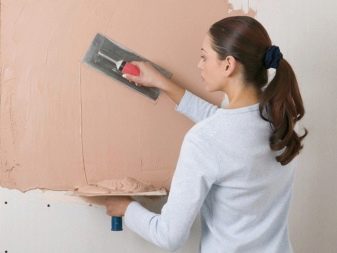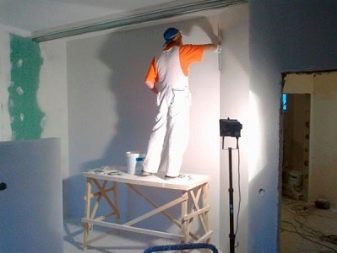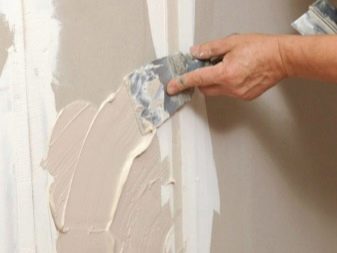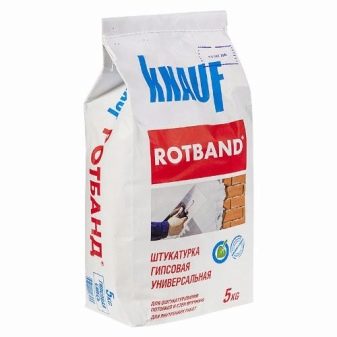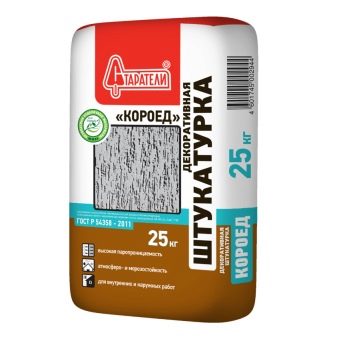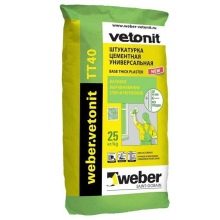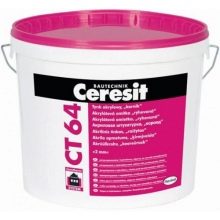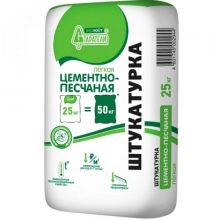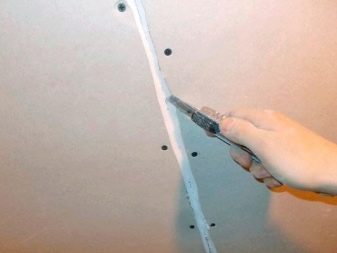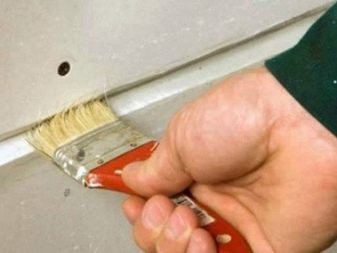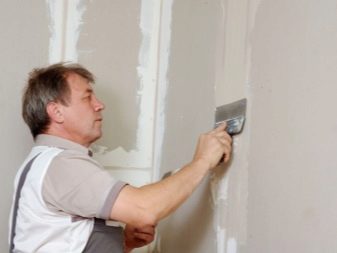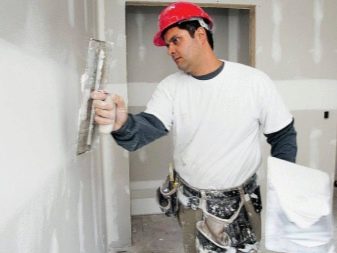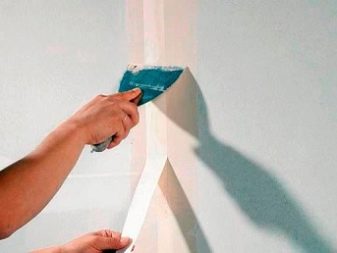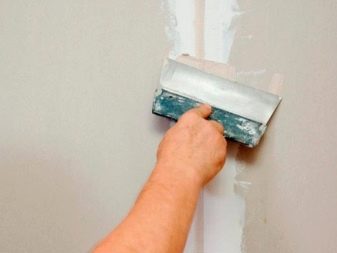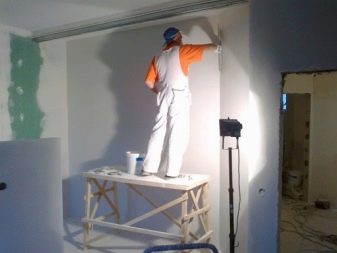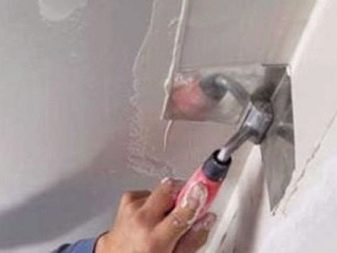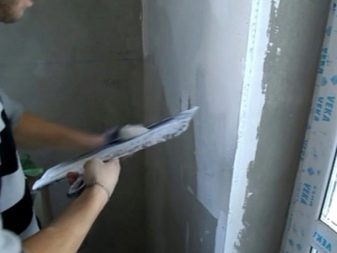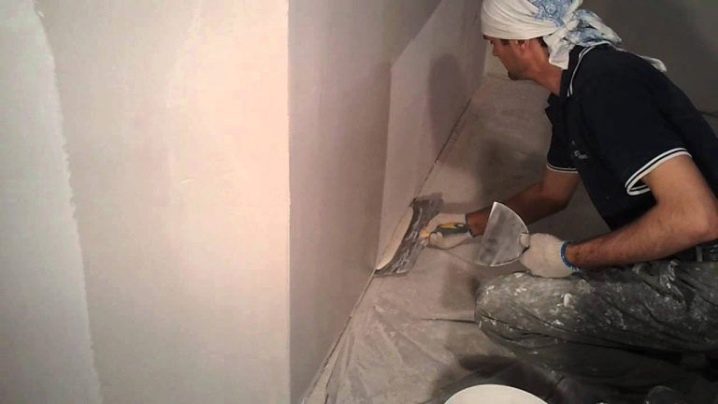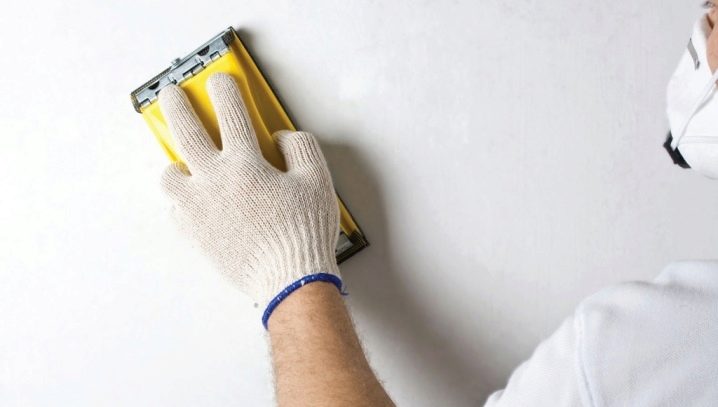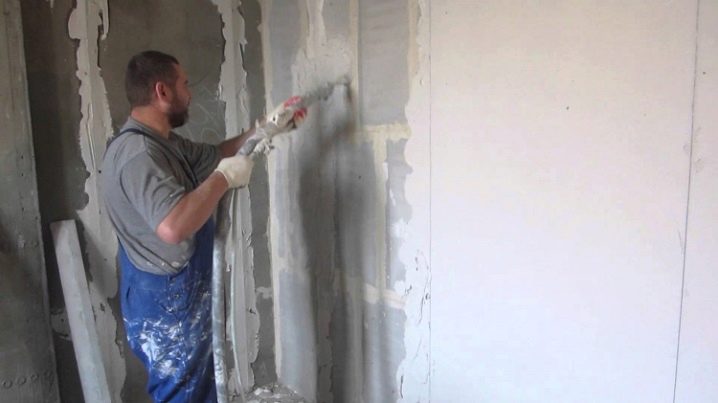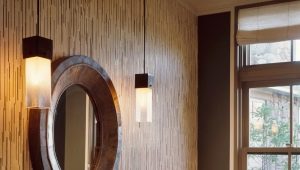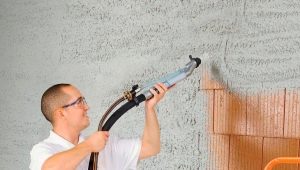How to plaster drywall?
Drywall is often used during repairs. Due to the ease and inexpensive price with its help it is easy to align the walls or give the ceiling an unusual design. However, the drywall texture itself is not always smooth and even, so it needs plastering. How to plaster drywall: this and not only will tell further.
Why do you need?
After the installation of drywall there is a completely logical question: whether to plaster the surface or you can leave everything as it is. There is no unequivocal answer to this question, since in each particular case everything is individual. Plaster is needed if you plan to decorate the walls of plasterboard decorative plaster.
It is recommended not to neglect this, if the walls are prepared for painting or wallpaper will be glued on top of drywall. In addition, plaster can hide small flaws (for example, joints and small irregularities, pits).
You can plaster the surface of a moisture-resistant sheet of drywall. It is resistant to changes in temperature and humidity. Otherwise, the base will deform over time, cracks will occur. All previous work with plasterboard will be corrupted. As a rule, this happens when working with too cheap material. Pay attention to this when purchasing raw materials.
How to choose?
To date, the building stores presented a very large assortment of various mixtures that are suitable for work on drywall. There are mixtures that are designed to decorate the decorative layer, there are compositions, they will help to hide the irregularities and flaws. All individually, it is necessary to look at the composition. Otherwise, you risk the quality and durability of the plaster layer.
Such mixtures can be divided into several categories. In order to understand what exactly you need, we recommend to know all the advantages of each. Gypsum mix can be selected if you need to process the walls in rooms with low humidity (for example, living room, bedroom or study).To put on the walls of a bathroom or kitchen such a mixture is unacceptable.
There are polymer blends. Construction professionals claim that such a composition is universal and suitable for any premises. This mixture has a high elasticity, it easily lays down, it is a pleasure to work with it. In the event that you make repairs in the house with your own hands, it is recommended to pay attention to this mixture. There are cement-based mixtures that are perfect for rooms with high humidity.
Preparatory stage
Before you begin to plaster the walls, be sure to carefully prepare everything. The preparatory stage in any process is very important, since the successful completion of repair work depends on it directly. First you need to clean the entire surface from dust and other small particles that may interfere during basic work. This can be easily done with a vacuum cleaner, panicle or large (wide) brush.
Next you need to properly align the base of the drywall. It is necessary to remove all the details of fasteners, remove the areas that have begun to flake off. This is usually at the joints. It is easy to get rid of them: it is enough to cut them with a sharp knife.Then you need to go with sandpaper on the joints to remove obvious irregularities.
All fasteners need to be screwed so that they are slightly recessed and not protruding on the surface.
During the procedure of tightening screws or hardware should be extremely careful. It is not recommended to do this with great pressure, applying all forces. So there may be grooves, which then have to close up.
If during the preparatory stage you do not fulfill all the above recommendations, the layer of plaster will gradually flake off. A slight deformation may occur, which will later lead to cracks. If you want to stick the wallpaper, then you need to level the gypsum plasterboard. First you need to carefully cover up all the joints, to hide all the irregularities and flaws. After that, you can proceed to the primer.
Before using plaster, it is better to treat the base with a deep penetration primer. The primer should be applied evenly in a thin layer with a roller or brush. Before choosing a primer, be sure to study its composition, it should be suitable for drywall. After you should paste over the seams with a special reinforcing tape.
Subtleties of the process
Initially, all the joints should be repaired, since they are the most problematic areas. To do this, you will need two spatulas (30 and 15 cm wide). The first is useful in order to put plaster on all joints, and the second will allow you to carefully distribute the mixture. After the first stage, all the irregularities and roughness will be hidden.
When you apply the mixture with a wide spatula, the layer should be thin (no more than 3 mm). Then it's time to start the main process.
But before it is recommended to strengthen the slopes of the door and window with metal corners. So the design will be more durable, and therefore durable.
Need to start with plaster corners. At the same time, remember that you first need to apply the mixture to one part of the corner, and after it is completely dry, the second should be processed. By following this method, you get the perfect corner joints. Now you can apply the plaster on the entire surface of the wall.
Apply the plaster in several layers until you get a perfectly flat surface. The penultimate stage will be the alignment of the entire surface using sandpaper.It should be with fine grain, after which you can go null. Next, put the finish putty. Do it better with a wide trowel. The final layer should not be larger than 1 mm.
Tips and tricks
Finally, we have prepared useful tips that will be useful to you in the process of home repairs.
- Always mix the mixture carefully. After drawing on a wall and hardening to do grinding it will be rather problematic. This will damage the drywall.
- Before you start the final stage of applying plaster, be sure to anoint all the caps of the screws that secure the sheet.
- All subsequent work can be carried out only after the primer is completely dry. As a rule, it takes at least a half to two hours. Exact information manufacturer indicates on the labeling.
- It is better to apply the plaster in several thin layers than to make one thick layer. One such layer will make the entire surface uneven. It will not be durable.
- Choosing the right plaster, remember that in the mixture must be a gypsum binder. In this case, the composition will be better to keep on the surface.
- When working with emery paper, it is recommended to wear a respirator to protect the airway against plaster dust.
- If you use decorative plaster, do not overdo it during the formation of the relief on the surface, otherwise the sheet will be deformed.
- When plastering drywall, use a quality tool. The speed of work and its quality depends on it.
Do not speed up the workflow. Do not apply the next layer of plaster until the previous one has dried. Failure to comply with the technology will reduce the durability of the coating. The work should not be long breaks. The life of the plaster is short. If you delay the work, it may complicate the adjustment of the leveling base.
In addition, always pay attention to the shelf life of the composition. Overdue mixture often does not have the stated properties. This may degrade the quality and performance of the coating.
Buy plaster from reputable manufacturers: this will minimize the risk of buying poor quality material.
On how to avoid mistakes when plastering walls, see below.
